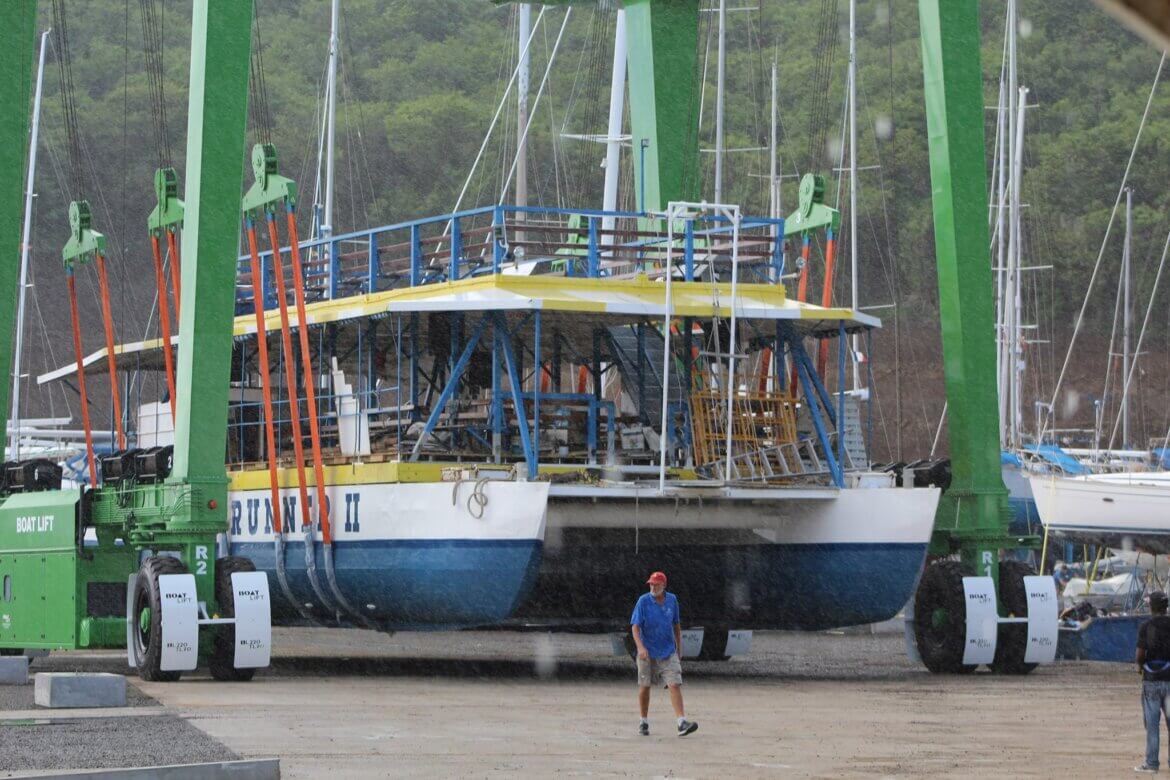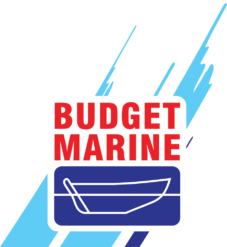by Niels Lund

Launching your boat is a greatly anticipated event that is often approached with trepidation. During more than 20 years owning and sailing a boat in the Caribbean I worked in marine services and yard management, so offer these pointers to mitigate any issues that might arise.
Launch Date
When making your boatyard booking, estimate your launch date as accurately as possible, and should boat projects run unavoidably late, keep the yard manager informed.
In a packed boatyard like this one it is critical your boat is placed in a position that does not block another boat from launching before you, or vice versa. If you get the date wrong, the yard may charge you for having to move one or more boats out of the way.

Pre-launch checklist
As splash date approaches check the weather. Antifoul paint should not be applied in rain, so you may have to paint a few days earlier than usual. Remove any painter’s tape or plugs that may block inlets/outlets – after launching you don’t want to find your heads outlet sealed, as we once did! Retain enough antifouling for last minute touch ups.
Complete boat projects in good time and remove ALL debris from the area where your boat is chocked. Return any hired or borrowed equipment. If convenient, fill storage tanks with water, fuel and propane for your next voyage.
If support stands were welded together, check with the yard manager when they will be cut loose. Be present when this is done to see that no steel dust generated by cutting gets onto your or your neighbour’s boat.
Make sure all contractors are paid (and if not, check that the contractor is okay that you launch). Settle your yard bill to avoid delays and possible legal restrictions.
Just prior to launching, get rid of deck grime with a good wash. Attach fenders and lay out handling lines under lifelines and onto cleats for quick deployment.

Close all seacocks, and if possible, leave floorboards/hatches open for easy access when checking for water ingress.
Check that clean plastic sleeves are put on the travel lift slings to protect your topsides when the straps take load and stretch, as trapped dirt could result in marks on your hull. While the boat is in slings/on a trailer, apply antifoul where support stand pads were and under the keel as soon as possible to allow some drying time.
Once in the water
Open seacocks and check seacocks/skin fittings and the bilge for unwanted leaks. If all is well, start the engine and see that cooling water flows out freely.
Test that steering gear is functional. Reversed steering cables once made maneuvering out the travel lift bay in a busy harbour a very challenging experience for me.
If travel lift slings have been placed between your prop shaft and hull, it is good practice to have a diver ensure they don’t catch on shaft or P-bracket during removal.
Line handlers should keep the boat centre and walk her out of the travel lift bay to negate prop walk and lessen wind effects. Hopefully this will prevent any part of your boat being smeared on the dock. Before engaging the engine, ensure all lines are on deck and out of the water and that no vessels are behind you obstructing your way. Leave a minimal wake and relax as your boat is once again in her natural element.
